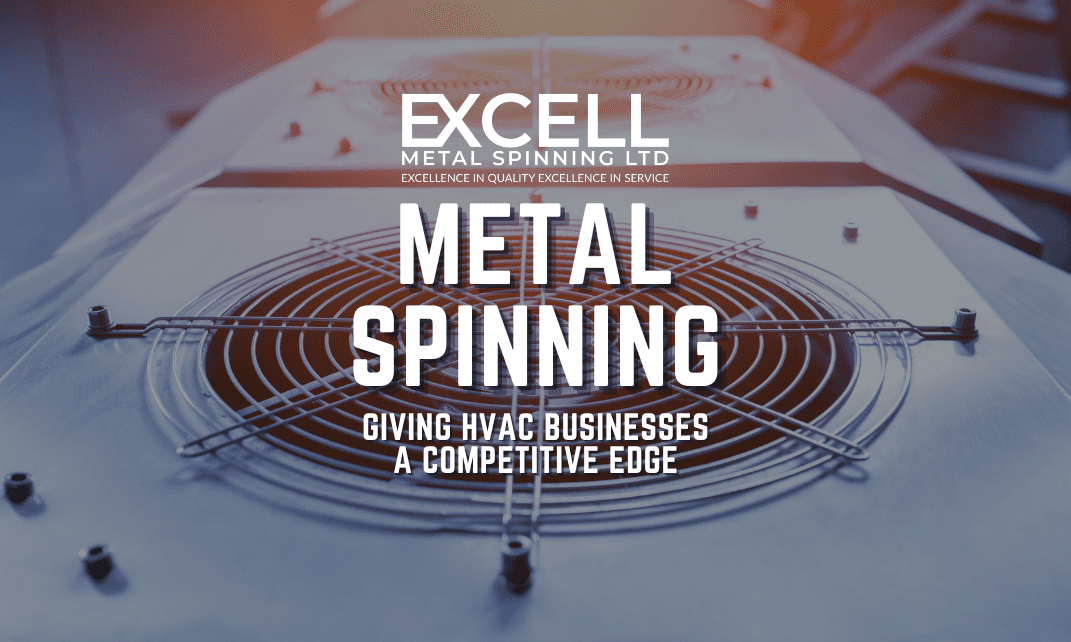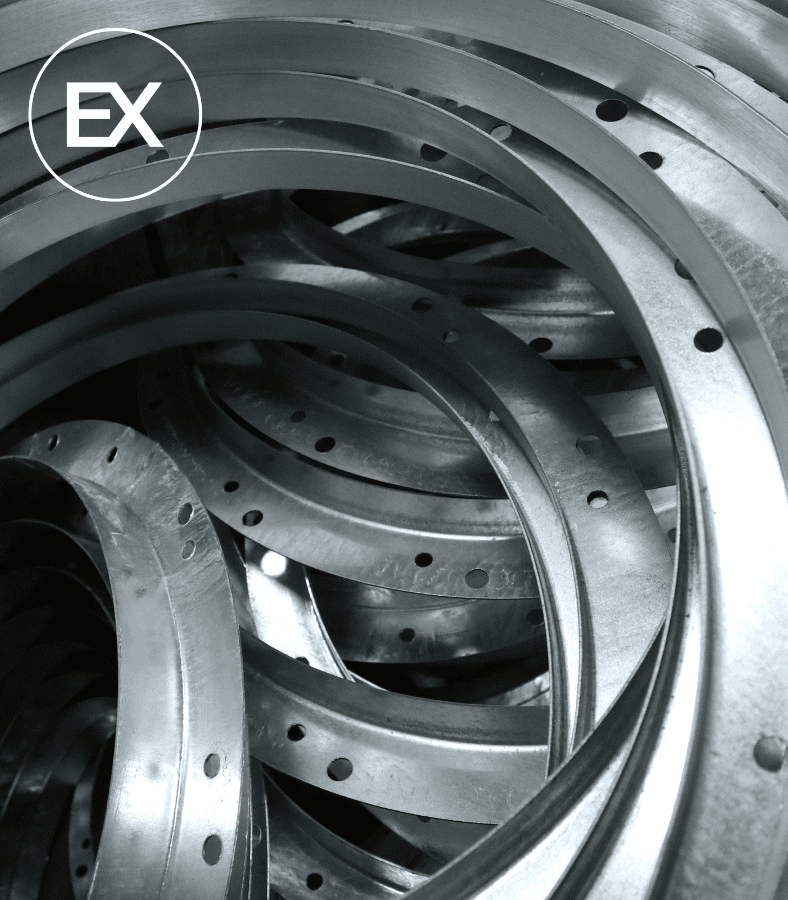Metal Spinning HVAC: Giving Businesses a Competitive Edge

Curtis Bligh
- 10 Min Read
Metal spinning plays a pivotal role in the HVAC industry, revolutionizing the way components are manufactured and improving system performance. With its ability to shape metal into intricate and customized designs, metal spinning offers a range of benefits to HVAC businesses. From enhancing airflow efficiency to achieving energy savings, metal spun components have become essential in optimizing HVAC systems.
In this blog post, we will explore the significance of metal spinning in the HVAC industry and highlight how it gives businesses a competitive edge. Let’s delve into the transformative potential of metal spinning and discover the advantages it brings to the ever-evolving world of HVAC.
Metal Spinning: Revolutionising the HVAC Industry
Metal spinning has revolutionized HVAC manufacturing, offering innovative solutions to enhance system performance. By utilizing metal spinning techniques, HVAC businesses can create components with exceptional precision and efficiency. These metal spun components bring a multitude of advantages to HVAC systems.
The advantages of metal spun components in HVAC systems are numerous. They provide superior durability with improved mechanical strength, ensuring long-lasting performance in demanding environments. Metal spun components also offer enhanced resistance to corrosion, ensuring the longevity of HVAC systems. Additionally, their seamless construction reduces the risk of air leaks, optimizing system efficiency.
Implementing metal spinning techniques requires certain key considerations. Collaborating with experienced metal spinners is crucial to ensure precise design execution. Material selection is another important aspect, as different metals have varying properties and suitability for specific HVAC applications. Furthermore, optimizing the design for manufacturability helps streamline the production process and minimize costs.
Enhancing Airflow Efficiency with Metal Spinning
Metal spinning plays a crucial role in optimizing airflow dynamics within HVAC systems. Through precise shaping and customization, metal spun components contribute to improved system performance.
One key design principle for optimizing airflow is the creation of smooth internal surfaces, reducing turbulence and pressure drops. By carefully controlling the shape and dimensions of metal spun components, HVAC systems can achieve more efficient air movement.
Another principle is the incorporation of aerodynamic features, such as streamlined profiles and curved surfaces. These design elements help minimize air resistance and promote smooth airflow throughout the system.
Furthermore, proper alignment and integration of metal spun components with ductwork and other system elements are essential for ensuring seamless airflow continuity. By considering factors like component placement and connections, HVAC stakeholders can maximize the efficiency of airflow distribution.
In short, metal spinning enhances airflow efficiency in HVAC systems through design principles that reduce turbulence, optimize shapes, and promote smooth airflow. By implementing these principles, HVAC businesses can unlock the full potential of metal spun components to achieve superior system performance and energy efficiency.
Energy Efficiency and Metal Spinning
The relationship between metal spinning and energy-efficient HVAC systems is integral to sustainable building practices. Metal spun components offer a range of benefits that contribute to energy conservation. By minimizing air leakage and optimizing system insulation, metal spun components reduce energy loss and improve overall efficiency.
The precise design and seamless construction of metal spun components ensure efficient airflow distribution, resulting in reduced energy consumption. Moreover, the durability and longevity of metal spun components minimize the need for frequent replacements, further conserving energy and reducing environmental impact.
By incorporating metal spinning techniques, HVAC systems can achieve higher energy efficiency ratings, lower operational costs, and a reduced carbon footprint.
All in all, metal spinning plays a pivotal role in energy-efficient HVAC systems. The advantages of metal spun components, including reduced energy loss and extended lifespan, support energy conservation efforts while optimizing system performance. Embracing metal spinning can lead to significant energy savings and a more sustainable future for the HVAC industry.

Custom HVAC Solutions through Metal Spinning
Metal spinning offers HVAC businesses the ability to create custom solutions that meet specific client requirements, providing unparalleled flexibility and design possibilities. By leveraging metal spinning techniques, HVAC components can be tailored to fit unique spaces, ensuring optimal system integration and performance. For example, metal spun ductwork can be precisely shaped to navigate tight corners or irregular spaces, maximizing airflow efficiency.
Custom HVAC solutions achieved through metal spinning extend beyond ductwork. Metal spun components such as fittings, grilles, and diffusers can be designed to complement architectural aesthetics while maintaining functionality.
The advantages of customization in meeting specific client requirements are abundant. HVAC systems can be optimized for energy efficiency, noise reduction, or specific airflow patterns, enhancing overall comfort and satisfaction. Moreover, custom HVAC solutions foster stronger client relationships and differentiate businesses from competitors, positioning them as trusted providers of tailored solutions.
Manufacturing Advancements with Metal Spinning
Metal spinning techniques have witnessed significant advancements in HVAC manufacturing, revolutionizing production processes and improving overall efficiency. Innovations in metal spinning have led to enhanced precision and speed, allowing for the production of complex HVAC components.
By streamlining production processes through metal spinning, HVAC businesses can achieve higher productivity and reduced lead times. The ability to spin various metals, including aluminium, Mild and Galvanised steel, offers versatility and adaptability to meet diverse manufacturing needs.
Metal spinning also brings cost-efficiency to HVAC manufacturing. The seamless construction of metal spun components reduces material waste and eliminates the need for additional joining processes. Moreover, the high-quality finishes achieved through metal spinning contribute to superior product aesthetics and durability, enhancing the overall value of HVAC systems.
Improving Indoor Air Quality with Metal Spun Components
Metal spinning plays a significant role in enhancing indoor air quality within HVAC systems by incorporating key features that promote air purification and filtration. Metal spun components contribute to improved indoor air quality by minimizing the risk of air leaks and maintaining proper airflow control. The seamless construction of metal spun components reduces the potential for contaminants, such as dust and allergens, to enter the HVAC system, resulting in cleaner air circulation.
Furthermore, metal spun components can be designed to accommodate advanced air purification and filtration systems, ensuring the removal of harmful particles and improving overall air quality. The precise design and fabrication of metal spun components also enable the integration of additional features like antimicrobial coatings or UV sterilization, further enhancing indoor air quality. By leveraging metal spinning techniques, HVAC systems can effectively remove pollutants, allergens, and contaminants, creating a healthier and more comfortable indoor environment.
Compact HVAC Designs: Space Utilization with Metal Spinning
Metal spinning plays a vital role in achieving compact HVAC designs, optimizing space utilization without compromising system performance. Compact HVAC systems offer several benefits across various applications.
In commercial buildings, they free up valuable floor space for other purposes while ensuring efficient heating, ventilation, and air conditioning.
In residential settings, compact HVAC designs enable seamless integration into limited spaces, such as apartments or small houses, without sacrificing comfort or aesthetics.
Metal spun components contribute to these space-saving designs by offering flexibility in size, shape, and customization. By tailoring components to fit specific space constraints, HVAC systems can be efficiently installed in confined areas.
Successful examples of compact HVAC designs enabled by metal spun components include wall-mounted units, slim-profile ductwork, and space-saving rooftop units. These designs optimize space utilization while delivering reliable heating and cooling solutions.
Embracing metal spinning techniques allows HVAC businesses to meet the growing demand for compact systems, delivering efficient and space-saving solutions across various applications.

Gaining Competitive Advantage with Metal Spinning
Metal spinning has become a driving force for gaining a competitive edge in the dynamic HVAC industry. By embracing this innovative manufacturing process, businesses can differentiate themselves and deliver superior solutions to their clients.
Several success stories demonstrate how businesses have leveraged metal spinning for a competitive advantage. For instance, Liverpool’s Anfield Stadium and Brighton and Hove Albion’s football training facilities feature HVAC components manufactured by Excell Metal Spinning Ltd. These projects showcase the exceptional quality, customization, and performance made possible through metal spinning.
To harness the power of metal spinning, HVAC businesses should adopt strategic approaches. First, partnering with experienced metal spinners, like Excell Metal Spinning Ltd., ensures access to expertise and high-quality components.
Second, businesses should prioritize customization to meet specific client requirements, leveraging metal spinning’s ability to create tailored solutions.
Additionally, fostering innovation and staying abreast of the latest advancements in metal spinning techniques can give HVAC businesses an edge in delivering cutting-edge solutions.
By strategically leveraging metal spinning, HVAC businesses can position themselves as industry leaders, attracting clients who value high-performance, customized solutions.
Conclusion
Metal spinning has emerged as a game-changer in the HVAC industry, offering numerous benefits and applications that elevate the performance and competitiveness of businesses. Throughout this article, we have explored the various ways in which metal spinning revolutionizes HVAC manufacturing and design.
From achieving energy efficiency and enhancing indoor air quality to creating compact HVAC systems and delivering custom solutions, metal spinning opens up a world of possibilities for HVAC businesses. By leveraging this innovative technique, businesses can optimize space utilization, streamline production processes, and meet the specific requirements of their clients.
The advantages of metal spun components are undeniable. They offer improved airflow dynamics, energy conservation, and durability, contributing to overall system efficiency and longevity. Metal spinning also allows for seamless integration of advanced air purification and filtration systems, promoting healthier indoor environments.
Moreover, metal spinning enables businesses to gain a competitive edge. By providing tailored solutions, businesses can stand out in the market and attract clients who value high-performance and customized HVAC systems. The success stories of renowned projects, such as Liverpool’s Anfield Stadium and Brighton and Hove Albion’s training facilities, exemplify the transformative impact of metal spinning in delivering superior results.
Related Articles

Boosting British Manufacturing: A £360 Million Investment
Boosting British Manufacturing: A £360 Million Investment Facebook Twitter LinkedIn WhatsApp Email It’s been declared ahead of the Budget that Chancellor Jeremy Hunt will announce

Design Considerations for Metal Spinning Success: Part One
There are many design considerations businesses should considers to get the most out of their metal spinning supply. Read Part One here

The Importance of Innovation in UK Manufacturing
Manufacturing plays a pivotal role within the UK, shaping society and innovating like no other. It is the most productive sector in the UK

